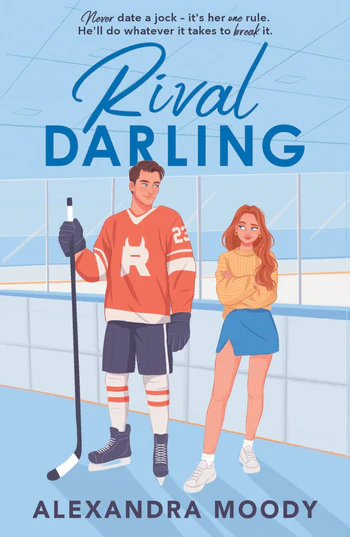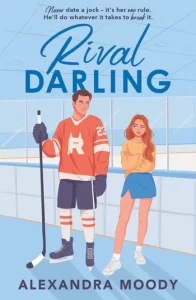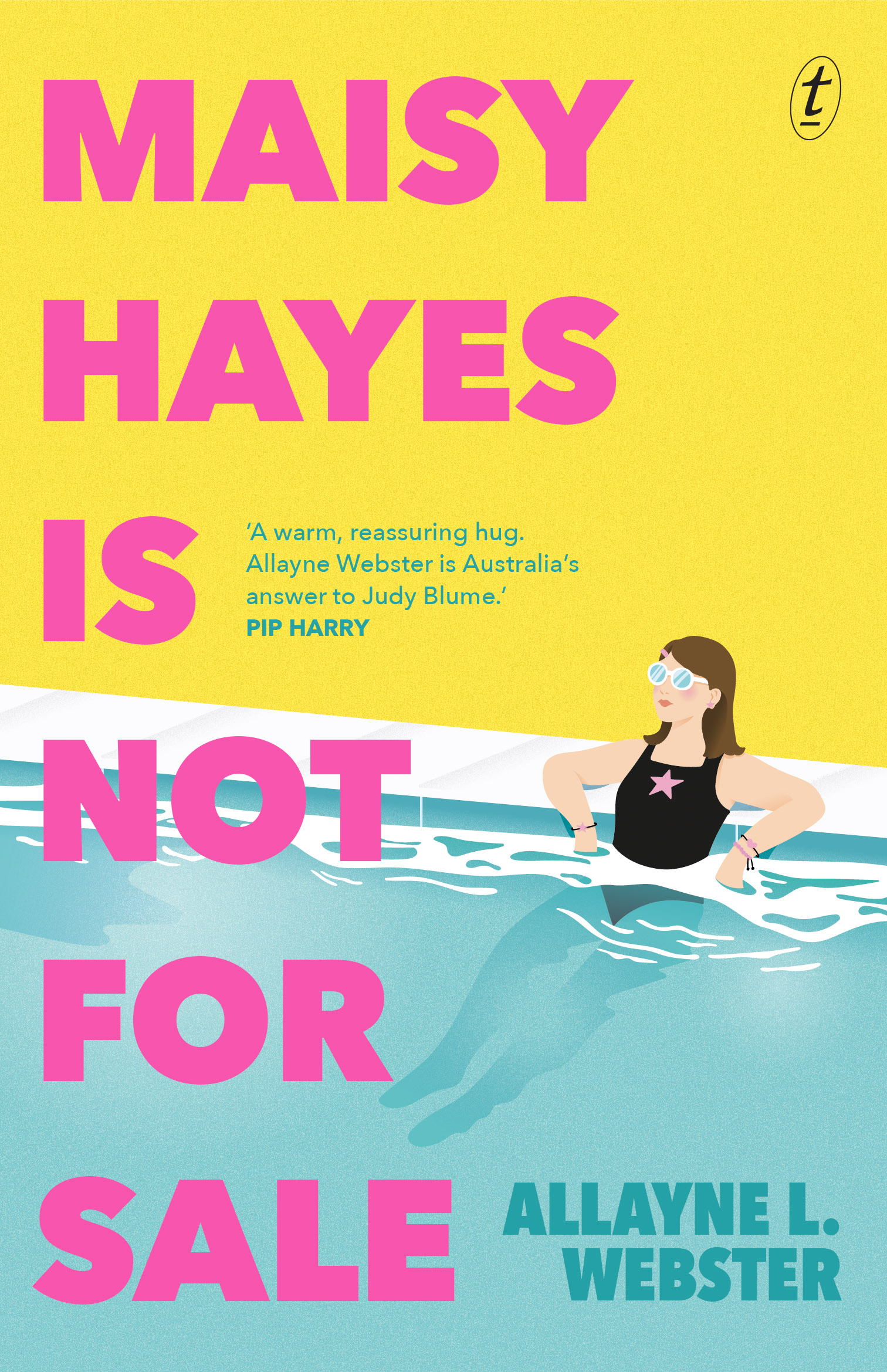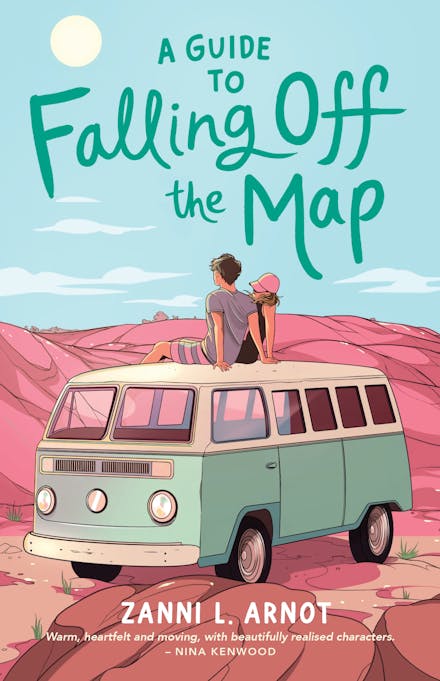
Rival Darlings
By Alexandra Moody
Reviewed by Lucille Rose
 Rival Darling, the first in the Darling Devils series, is a YA contemporary romance following the drama filled lives of two Minnesota high school students. Violet has one rule: never date a jock. And before moving to the icy landscape of Sunshine Hills, she’d made good on that promise. Until the handsome, swaggering captain of Sunshine Prep hockey dazzled her over the summer and she’d decided to make an exception, only to be disappointed. Reed Darling, notorious bad boy and commitment-phobe, decided to focus solely on his hockey career with the Ransom High team for his senior year. That was until a redheaded Sunshine Prep student caught his attention. In an attempt to win her over, Reed agrees to fake date her in order to get her insistent ex-boyfriend – and his arch nemesis – off her back. Now ‘dating’ the captain of her school’s rival hockey team, Violet is forced to loosen her gip on her ‘no jock’ rule, and must ask herself, are some rules worth breaking?
Rival Darling, the first in the Darling Devils series, is a YA contemporary romance following the drama filled lives of two Minnesota high school students. Violet has one rule: never date a jock. And before moving to the icy landscape of Sunshine Hills, she’d made good on that promise. Until the handsome, swaggering captain of Sunshine Prep hockey dazzled her over the summer and she’d decided to make an exception, only to be disappointed. Reed Darling, notorious bad boy and commitment-phobe, decided to focus solely on his hockey career with the Ransom High team for his senior year. That was until a redheaded Sunshine Prep student caught his attention. In an attempt to win her over, Reed agrees to fake date her in order to get her insistent ex-boyfriend – and his arch nemesis – off her back. Now ‘dating’ the captain of her school’s rival hockey team, Violet is forced to loosen her gip on her ‘no jock’ rule, and must ask herself, are some rules worth breaking?
There is a fine line between catering to your audience through popular tropes and constructing an entire plot out of said cliches. Rival Darling, unfortunately, toed this line a little too often.
I always enjoy a well-placed trope, as do many readers. For example, fake dating is a great way to force two characters into intimate proximity, often sparking romance. This novel continuously employed common romantic cliches such as these to indicate chemistry between the main leads, and while I did enjoy many of these strategies, it came to the point where they were replacing the actual plot. Instead of crafting scenes around things that needed to happen and employing a trope to help convey them, the author created scenes merely to showcase tropes irrelevant to the storyline, making the event meaningless. This also undermined the originality of the story. I know, I know, in a world so full of literature no author can be expected to reinvent the wheel, but this is not what I’m looking for. When you model an entire book based solely on what is popular at the time, as is done in Rival Darling, you’re not writing a book, you’re copy and pasting things you’ve read in a slightly different format. I was halfway through the book and felt like I’d read it a hundred times before.
Reed and Violet were enjoyable characters with understandable convictions and challenges. They were the classic romantic leads, and for every protagonist there must be an antagonist. Jeremy, the snarky ex-boyfriend, filled this a little too role well. It was almost too easy to hate him because he was so blatantly terrible, his malice seeming to replace an actual personality. When you villainise every character besides the two leads, as the author did, you fail to properly examine or flesh them out. All characters, even villains, must be 3D.
While the dialogue was largely passive and failed to propel the story, it did contain many enjoyable moments of humour that allowed the reader to fall for certain leads. It created an atmosphere of comfort and charisma around characters because they could always be depended upon to brighten up a scene.
The most redeeming quality of this book was this: It was actually young adult. A worrying trend has arisen where people target mature books containing mature themes to teenagers who are much too young to read them merely because they are a large audience. Rival Darlings rejected this trend because, while serious matters were discussed, they were done in a way that was appropriate for its target market.
Overall, I’d rate this book two out of five stars. Recommended for readers aged fifteen to seventeen.






